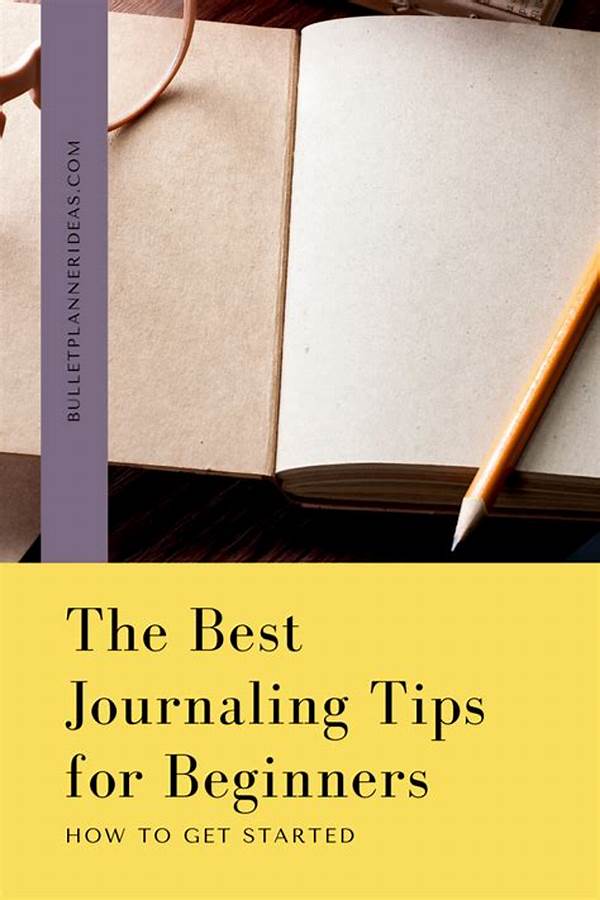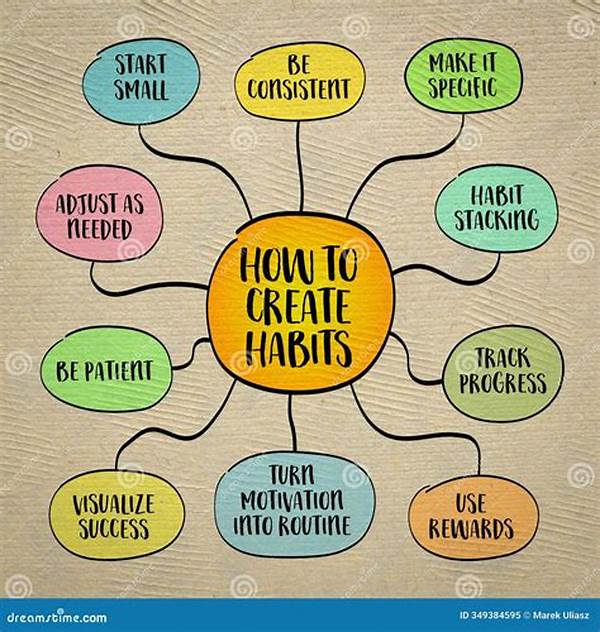- Top Journaling Techniques for Beginners
- Engaging Journaling Techniques for Newbies
- The Magic of Daily Journaling Practice
- Purpose of Journaling Techniques
- Journaling as a Tool for Reflection
- Exploring Creativity through Journaling
- Unlocking Personal Growth and Evolution
- Making Journaling a Habit
- Key Topics Related to Top Journaling Techniques for Beginners
- Tips for Embracing Top Journaling Techniques
- Expanding Your Journaling Horizons
Top Journaling Techniques for Beginners
Starting a journaling habit can be both exciting and daunting, especially if you’re new to the practice. For many, the thought of keeping a journal conjures images of a blank page and an endless sea of possibilities. But fear not, dear reader, because diving into the world of journaling doesn’t have to be intimidating. In fact, it can be an exhilarating journey of self-discovery and creativity. Whether you’re looking to improve your writing skills, document your life, or simply clear your mind, there are top journaling techniques for beginners that can guide you along the way.
Read More : The Rise Of Bullet Journaling Among Professionals
Imagine waking up every morning with clarity, purpose, and a sense of calm. Journaling offers this and so much more, acting as a personal oasis where thoughts can be untangled, dreams can take form, and creativity can flow. Many renowned writers and thinkers have attributed their success and happiness to the regular practice of journaling. But here’s where the plot thickens—choosing the right techniques for your journaling journey can make all the difference. It’s not just about putting pen to paper; it’s about finding a method that resonates with your soul. So, are you ready to unlock the potential that lies within the pages of your very own journal?
Before we delve into the techniques themselves, let’s address the pink elephant in the room: What makes a journaling technique the ‘top’ choice for beginners? It’s simple—it must be practical, engaging, and, most importantly, conducive to your unique style. So grab your favorite notebook and pen, and let’s embark on this enlightening journey. Together, we’ll explore the wonderful world of journaling that awaits you.
Engaging Journaling Techniques for Newbies
To set the scene, storytelling is not just for writers and filmmakers; it’s for anyone who looks to narrate the story of their lives with a unique personal touch. For beginners, consider techniques like free writing. This involves writing continuously without worrying about grammar or punctuation. It allows raw thoughts and feelings to emerge, making it an excellent way to clear your mind. Another favored method is the bullet journal, where you can categorize daily tasks, events, and notes in an organized fashion. It’s like having a planner but with the added bonus of creativity.
Art journaling appeals to those who prefer visual expression. Use sketches, collages, or colors to communicate thoughts and ideas. It’s a medium of expression that can transform words into visual art, offering a therapeutic escape from the rigors of everyday life.
The Magic of Daily Journaling Practice
Lastly, consider gratitude journaling, which is an uplifting technique focusing on the positive aspects of life. Each entry involves listing things you’re thankful for, leaving you with a heightened sense of positivity and well-being. Before you know it, these top journaling techniques for beginners will not only become a part of your daily routine but also a cherished ritual.
—
Purpose of Journaling Techniques
The essence of journaling transcends the mere act of writing; it serves as a catalyst for self-reflection and personal development. Whether one writes for creativity, clarity, or chronicling the nuances of daily life, a well-chosen technique can elevate your journaling practice to remarkable heights.
Journaling can be the ultimate creative outlet, allowing one to explore untapped ideas without fear of judgment. For the beginner, the process becomes a way to liberate thoughts that otherwise remain suppressed beneath the surface. Tools like guided prompts can be instrumental. These prompts offer suggestions on what to write, making it easier for beginners to begin their journaling journey without the pressure of staring at a blank page.
Journaling as a Tool for Reflection
Reflection is at the heart of journaling. It serves as a mirror to our inner thoughts—allowing us to pause, scrutinize, and understand the trajectory of our actions and emotions. Keeping a reflection journal encourages introspection, offering insights into our behavior and decision-making processes.
Building Emotional Resilience
In addition to introspection, journaling can be a sanctuary for emotional resilience. Expressing thoughts and feelings in words can catalyze emotional healing and understanding. The secret lies in the power of written words to untangle complex emotions, turning chaos into clarity. Through techniques in emotional journaling, beginners find a safe space to confront and process emotions.
Exploring Creativity through Journaling
Not only does journaling grant emotional clarity, but it also acts as a conduit for creative exploration. Think of it as a playground for ideas—a space where you can experiment without fear of rejection. Creative journaling techniques, such as vision boards or doodling, can unlock new perspectives, nurturing a healthy mental environment for creativity to flourish.
Unlocking Personal Growth and Evolution
The most rewarding aspect of adopting top journaling techniques for beginners is the personal evolution that comes with it. As you progress through your journaling journey, you’ll notice growth in self-awareness and emotional intelligence. Over time, these advancements lead to a more centered, confident, and balanced you.
Making Journaling a Habit
The real magic of journaling arises when it becomes a habitual practice. Consistency is key here. Encouraging the habit might mean setting aside a dedicated time each day to write, ensuring that journaling becomes an integral part of your daily routine. With practice, patience, and the right techniques, your journaling habit could become one of the most rewarding investments of your life.
—
Key Topics Related to Top Journaling Techniques for Beginners
Introduction to Journaling Techniques
Embarking on a journaling adventure is akin to opening a door to endless possibilities of self-expression and reflection. For beginners, this journey begins with understanding and experimenting with various techniques. Picking the right technique can transform the simple act of writing into an enlightening habit, fostering clarity and creativity.
Picture a world where each day brings a fresh palette of thoughts and emotions to explore. This is precisely what journaling offers—an opportunity to paint the canvas of your mind with thoughts that range from mundane to profound. Using top journaling techniques for beginners, you can navigate this creative landscape with ease and confidence, transforming each page into a masterpiece of self-discovery and growth.
—
Tips for Embracing Top Journaling Techniques
If you’re keen to make the most out of your journaling experience, it’s essential to incorporate these tips and tricks that align with top journaling techniques for beginners.
Start Small and Build Up
When you’re new, it’s important not to overwhelm yourself. Start with just a few minutes a day. By setting simple, achievable goals, journaling gradually becomes a habit rather than a chore.
Utilize Prompts for Inspiration
Writer’s block can happen even to seasoned journalers. When faced with a blank page, prompts can spark inspiration and creativity. They serve as gentle nudges that guide you to explore topics you may not have considered on your own.
Find Your Journaling Space
Create an environment where you feel comfortable and inspired to write. Whether it’s your favorite coffee shop or a quiet corner in your home, having a dedicated space can enhance your journaling experience.
Combine Words and Art
Remember, words alone aren’t the only way to capture your thoughts. Combining writing with doodling or sketching can bring a new dimension to your journaling practice. It’s a blend that offers a fuller, richer expression of your innermost thoughts.
Consistency is Key
Turning journaling into a regular routine might seem challenging, but consistency pays off. Set a specific time each day to journal and stick to it. This consistent practice will eventually create a ritual that you’ll look forward to.
Celebrate Small Wins
Celebrate the small victories along your journaling journey. Recognizing your progress—whether it’s completing your first notebook or achieving a personal breakthrough—can keep you motivated.
Share and Connect
Consider sharing your journaling experience with a community or a friend. Sometimes, discussing the journey with others can spark new ideas and keep you motivated to continue.
Expanding Your Journaling Horizons
The journey doesn’t stop once you’re comfortable with your technique. There’s always room for growth and innovation. With a world brimming with inspirational prompts and formats, the potential for discovery is limitless. Embrace the journey with open arms, and let the pages of your journal become a testament to your evolution as both a writer and an individual.
—
By following these insights and embracing the right methods, you’ll not only cultivate a fulfilling journaling practice but also uncover the transformative power of words. Happy journaling!



